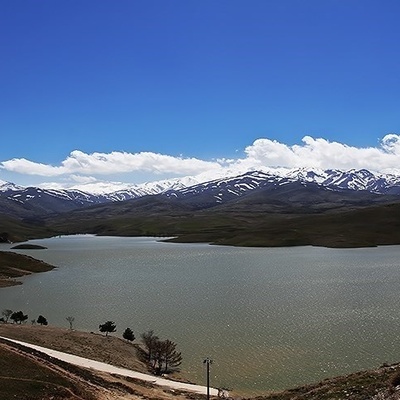SAEDNEWS: In the face of external schemes and media offensives, Iran’s Supreme Leader cemented national solidarity through a strategic Ashura appearance and a series of deft political countermoves, turning adversary plots into a rallying point for the Islamic Republic.

According to Saed News, contrary to Israel’s calculated plan to sow discord within Iran by provoking mass protests, last week’s aggression only deepened public empathy for the ruling system. As detailed by Farhikhtegan, Israeli strategists assumed that intensified attacks would fracture Iran’s social fabric—but instead, they witnessed a surge of unity. Reinforcing this sentiment, the Leader’s personal participation in the Ashura sacred mourning at Imam Khomeini Hosseiniyeh not only bolstered religious devotion but also quelled emergent internal disputes, leaving Iran more cohesive than before.
Jam-e-Jam further underscores the multifaceted impact of that Ashura night presence. Facing direct threats from the “Zionist regime” and certain U.S. officials, the Leader nonetheless chose visibility over safety—transforming a ritual into a strategic statement. This act, blending piety with politics, sent a powerful signal both domestically and internationally: Iran will not bow to intimidation. Global reactions, from the president’s commendations to foreign‑media analyses, confirm how this moment has reshaped Iran’s standing on the regional and world stage.
Meanwhile, Sobh-e-No contributor Saeed Abdolmaleki warns that, following the failure of their on‑the‑ground campaign and a compelled ceasefire push by Washington, adversaries have shifted to a “media battlefield.” He outlines a thwarted multi‑phase plot—assassinations, infrastructure strikes, societal polarization—aimed at toppling the Islamic Republic. Though that plan faltered, Abdolmaleki argues, the West now seeks to rewrite its defeat through virtual propaganda and distorted narratives.
On the diplomatic front, Arman-e-Melli highlights President Pezeshkian’s pivotal role at the ECO summit in Baku. His presence in strategically symbolic Khan‑Kandi has delivered a clear message: Iran and Azerbaijan will deepen cooperation despite external expectations of estrangement. By embracing new geopolitical realities, Tehran signals that it no longer remains a passive observer in the South Caucasus but an active architect of regional alignment.
Together, these developments reveal a deliberate playbook: confronting external threats with visible leadership, reinforcing religious and national solidarity, and leveraging both spiritual ritual and diplomatic engagement to outmaneuver adversary designs. What began as an attempt to fracture Iran has instead become the crucible forging its unity.

